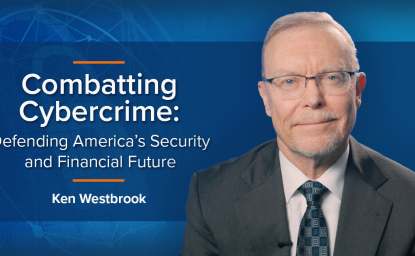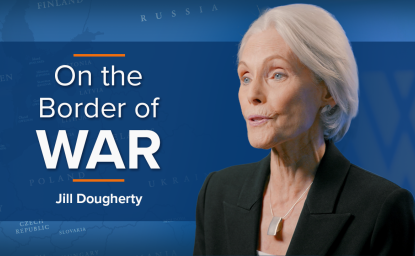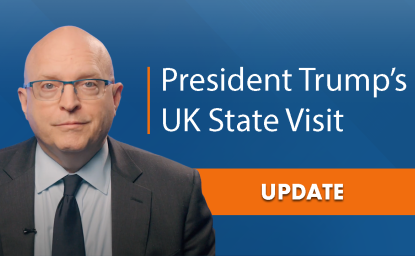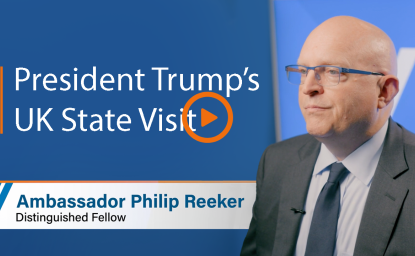Key Takeaways:
- The risk of a single nuclear weapon being detonated by a determined terrorist group has markedly increased.
- The Nuclear Security Summits have made a significant contribution to nuclear security and should be continued.
- The greatest, most urgent nuclear threat to the U.S. is from North Korea which is on the verge of a strategic breakout.
Q: What is the greatest challenge facing the United States in the area of nuclear proliferation?
A: Since the end of the Cold War, the conventional wisdom has been that the threat of nuclear war between major powers has significantly decreased, but that the risk of a single nuclear weapon being detonated by a determined terrorist group has markedly increased. This new calculus of threat reflected the rise of terrorist groups, notably Al Qaeda, with the intention of carrying out mass-casualty attacks, and increased concern that they could acquire this capability through the sale or handoff (transfer) of a weapon from a state, or the theft (“leakage”) of a nuclear weapon or the weapons-grade fissile material that would permit terrorists to construct a rudimentary bomb.
Preventing a nuclear 9/11 hinges on foiling terrorist efforts to acquire the capability that would allow them to act on their intention. That entails blocking the pathways to terrorist acquisition of a nuclear weapon: transfer—the sale or handoff of a weapon from a nuclear-weapon state; leakage—the theft of a nuclear weapon or weapons-grade fissile material; and indigenous production—the construction of a nuclear device from illicitly obtained weapons-grade fissile material.
A much more likely event of lower consequence would be the detonation of a radiological dispersal device (RDD)—a so-called “dirty bomb”—by ISIS or another terrorist group. RDDs have been called “weapons of mass disruption” because their consequences would be primarily economic and psychological.
Q: What will the next president need to do to address this challenge?
A: Each pathway to nuclear acquisition by a non-state terrorist group is contingent on an act of commission or negligence by a state. The “leakage” of a weapon to a terrorist group would originate from one of the nine nuclear-weapon states, or the 26 states (at current count) with weapons-grade fissile material in their civilian stocks.
To prevent nuclear terrorism, the United States has pursued “cooperative threat reduction” to secure nuclear weapons and materials globally through a series of four Nuclear Security Summits, which brought together some 50 heads of state and made significant progress (e.g., reducing the number of countries with weapons-usable nuclear materials from 32 in 2010 to 24 by the end of 2015). These fora have made a significant contribution to nuclear security and should be continued.
Effective strategies on the state level to prevent nuclear terrorism will not eliminate non-state threats, but will go far in achieving that objective. The countries of primary concern with respect to the nexus of proliferation and terrorism—Pakistan, North Korea, Iran, and Russia—are each at an inflection point. A particular priority should be reengaging Russia, which inherited the Soviet Union’s vast nuclear arsenal and stocks of fissile material and recently terminated its nuclear-security cooperation with the United States under the Nunn-Lugar program.
Q: What is the most immediate threat?
A: The next president will face an urgent challenge from North Korea, which is on the verge of a strategic breakout—quantitatively (by ramping up its warhead numbers) and qualitatively (through mastery of warhead miniaturization and long-range ballistic missiles)—that directly threatens the U.S. homeland. Unclassified projections of North Korea’s nuclear arsenal by 2020 range from 20 to 100 warheads.
The nuclear issue is embedded in the broader question of North Korea’s societal evolution. The dilemma is that the DPRK strategic and social timelines are not in sync: the nuclear challenge is immediate and urgent, while prospects for regime change are indeterminate.
As a full rollback of the North Korean program is not a feasible near-term objective, the goal should be to prevent this quantitative and qualitative breakout by negotiating a freeze on North Korea’s nuclear and missile programs. To address the immediate threat, the next administration should pivot to renewed diplomatic engagement backed by increased economic pressure. The U.S. and China have a mutual interest in preventing a North Korean strategic breakout. This conjunction of interest creates the political space for coordinated diplomacy to freeze North Korean capabilities. The aim would be to buy time and prevent a deteriorating situation from getting worse.
Guest
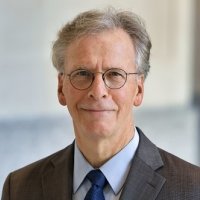

Middle East Program
The Wilson Center’s Middle East Program serves as a crucial resource for the policymaking community and beyond, providing analyses and research that helps inform US foreign policymaking, stimulates public debate, and expands knowledge about issues in the wider Middle East and North Africa (MENA) region. Read more

Explore More
Browse Insights & Analysis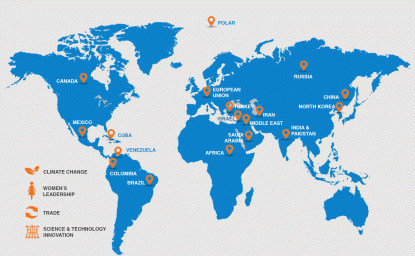
What Does the World Expect of President-elect Trump?
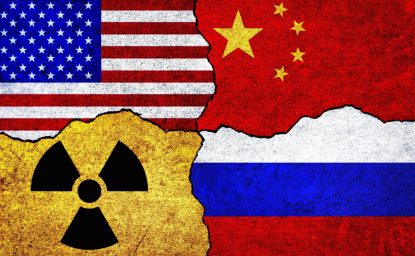
US Inaction Is Ceding the Global Nuclear Market to China and Russia

